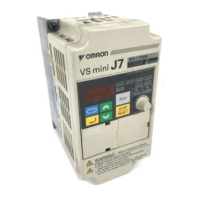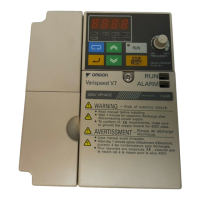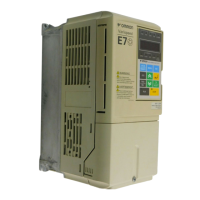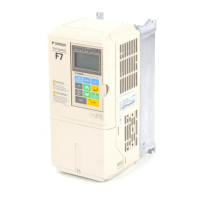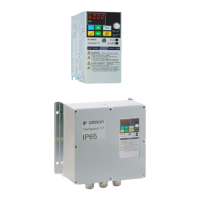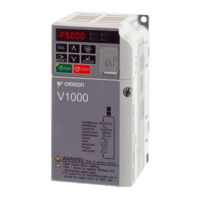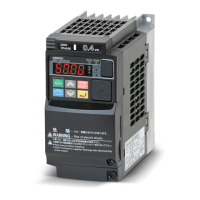How to fix Omron Inverter when the motor doesn't operate with an external signal?
- JJenna PittsJul 28, 2025
If the motor doesn't operate when an external operation signal is input, several factors could be at play. Ensure the run command (n02) is set to 'Control Circuit Terminal' if you're using that method. If a 3-wire sequence is active, verify the S2 control terminal is closed or switch to a 2-wire sequence by adjusting the multi-function input (n37). Also, confirm that the input frequency reference exceeds the minimum output frequency (n14), and that local mode is not enabled by setting the LO/RE selection to 'RE'. Finally, for analog input, check that the frequency reference (n03) and SW settings are correctly configured.
